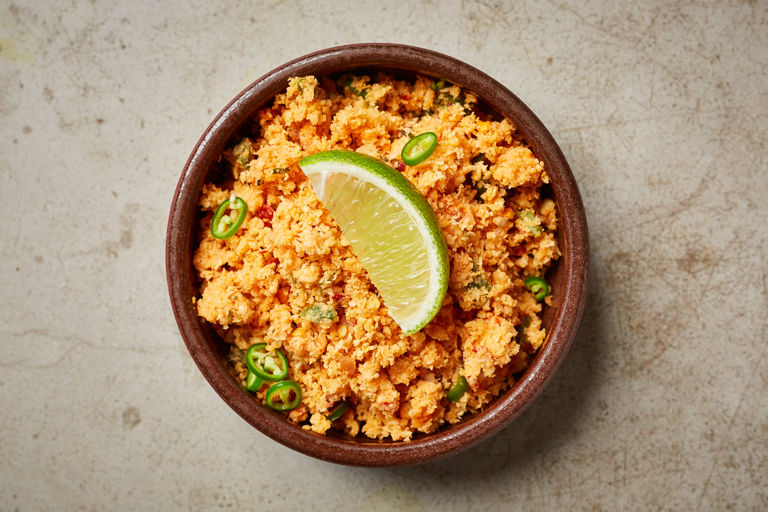Sri Lanka, an island nation located in the Indian Ocean, is renowned for its rich culinary heritage that reflects a blend of influences from various cultures. The cuisine is vibrant, flavorful, and diverse, offering a wide array of dishes that cater to different tastes. From spicy curries to delightful street food, Sri Lankan cuisine is a gastronomic adventure waiting to be explored. In this guide, we will delve into the must-try dishes that showcase the essence of Sri Lankan flavors.
Overview of Sri Lankan Cuisine
Sri Lankan food is characterized by its use of aromatic spices, fresh ingredients, and a variety of cooking techniques. Rice is the staple food, often served with an assortment of curries and side dishes. Coconut is another key ingredient, used in various forms such as milk, oil, and grated coconut. The cuisine also features a variety of vegetables, seafood, and meats, making it suitable for both vegetarians and non-vegetarians
Key Ingredients
- Rice: The foundation of most meals in Sri Lanka.
- Coconut: Used in many forms—milk, cream, and grated.
- Spices: Essential spices include cinnamon, cardamom, cloves, cumin, coriander, turmeric, and chili.
- Vegetables: Commonly used vegetables include eggplant (brinjal), okra, green beans, and potatoes.
- Seafood: Fresh fish and shellfish are abundant due to the island’s coastal location.
Must-Try Dishes
Here are ten iconic Sri Lankan dishes that you should not miss during your culinary journey:
1. Kottu Roti

Kottu Roti is a popular street food dish made from chopped roti (a type of flatbread) stir-fried with vegetables, eggs or meat, and spices. The dish is prepared on a hot griddle with a rhythmic clanking sound as the ingredients are mixed together using metal cleavers.
2. Lamprais

Lamprais is a Dutch-influenced dish that consists of rice cooked in meat stock, served with an assortment of meats (usually chicken or beef), boiled eggs, and sambol—all wrapped in a banana leaf and baked until aromatic.
3. Dhal Curry

Dhal curry is a staple dish made from red lentils cooked in coconut milk with spices like turmeric and cumin. It’s often served with rice and other curries.
4. Gotu Kola Mallung

This refreshing salad made from chopped Gotu Kola leaves (pennywort) is mixed with grated coconut, onions, and spices. It adds a nutritious touch to any meal.
5. Wambatu Moju (Eggplant Pickle)

Wambatu Moju is a sweet-and-sour eggplant pickle made by frying eggplant slices and mixing them with vinegar, mustard seeds, sugar, and spices. It’s usually served as a side dish.
6. Fish Ambul Thiyal (Sour Fish Curry)

This unique fish curry uses tuna marinated with spices including goraka (a sour fruit) that gives it a distinctive tangy flavor. It’s typically dry-cooked until the fish absorbs all the flavors.
7. Hoppers (Appa)

Hoppers are bowl-shaped pancakes made from fermented rice flour batter. They can be served plain or filled with an egg (egg hoppers) or sweet fillings for breakfast or dinner.
8. String Hoppers (Idiyappam)

These delicate steamed rice noodles are often served with curry or coconut milk for breakfast or dinner. They are light yet filling.
9. Pol Sambol

Pol Sambol is a spicy coconut relish made from grated coconut mixed with chili powder, onions, lime juice, and salt. It’s an essential condiment that accompanies many meals.
10. Kiribath (Milk Rice)

Kiribath is a traditional dish made from rice cooked in coconut milk. It’s often served on special occasions with sambol or curry.
Tips for Enjoying Sri Lankan Cuisine
- Try Street Food: Don’t miss out on street food stalls where you can find authentic dishes like Kottu Roti and Vadai (fried lentil fritters).
- Eat Like a Local: Enjoy meals using your hands; it’s customary in Sri Lanka! Use your right hand to scoop up rice and curry.
- Be Adventurous with Spices: Sri Lankan cuisine can be quite spicy; don’t hesitate to ask for milder options if you’re not used to heat.
- Pair Your Meal with Curd: Curd (yogurt) can help balance out spicy flavors; it’s commonly served alongside meals.
- Explore Regional Variations: Different regions may have their own specialties; be sure to try local dishes wherever you go!
Image Credits to the Respective Owners – Thank you!

